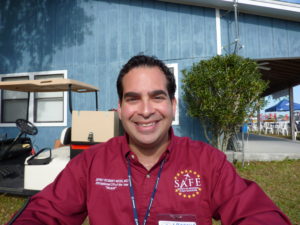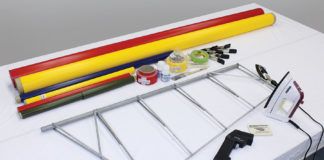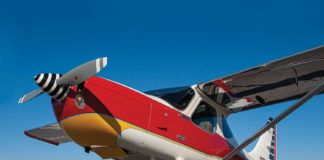Controversy over results of a recent General Aviation accident analysis generated considerable debate among pilots of technically advanced aircraft (TAA) of both the Experimental and certified types during this year’s Sun ‘n Fun Fly-In. The study, released in March 2010, suggests that pilots of TAA, those equipped with so-called glass cockpits (EFISes), including primary and multifunction displays, have more accidents from encounters with adverse weather, on landing and during go-arounds than pilots who are flying with classic six-pack analog instrumentation.

“It’s an issue of training,” says Jeffrey “Mossy” Moss, the U.S. 2010 National Flight Instructor of the Year, who specializes in flight instruction for TAA. “Face it, without proper training, I mean more than just being able to hit the direct-to button, these aircraft can be dangerous. They fly high, they fly fast, and their owner-operators may be more likely to fly into conditions where weather can be a factor. It takes airline-style discipline and some detail-oriented training by someone who really knows the hardware and software of the EFIS to allow the pilot to fully utilize the power of the digital instrumentation. And if you want to be safe, you need to be able to fully use these tools,” he says.
It’s true. My own experience with flight-training clients of all ilk who have installed sophisticated GPS, EFISes and autopilots in their newly built aircraft is that they get far too involved in figuring out, say, how to push the buttons to get the autopilot engaged to fly the flight plan or a coupled approach, to the detriment of flying the aircraft. That’s not good. Another issue is people who become so good at letting the autopilot and boxes fly the airplane that they are unable to cope when the boxes malfunction. Both situations are dangerous.
I know. My RV-10 is equipped with Grand Rapids Technologies Horizon EFIS I boxes, a TruTrak autopilot and a Garmin GNC300XL GPS. After learning how many keystrokes it would take to get the autopilot to fly a coupled approach, I decided it was far simpler to use the “track” mode and hand-fly the airplane to intercept and fly the approach, using the standard localizer cues. I do like the virtual “fly-the-boxes” synthetic approach program, and find that series of button-pushing considerably less onerous – if I’ve been practicing. But practicing means studying the manual a bit before every flight because I don’t get to fly every day. There is no software simulation I can practice with on my computer. The hardware manufacturer doesn’t offer it.
So, how do we fix the statistics? I agree with Mossy that we need to keep training, and on that note, we need to demand better training materials from EFIS, autopilot and GPS manufacturers, particularly computer-based simulators to augment that training. I want the next safety study to show that the newest and the most reliable in-flight instrumentation makes every phase of flight safer.













